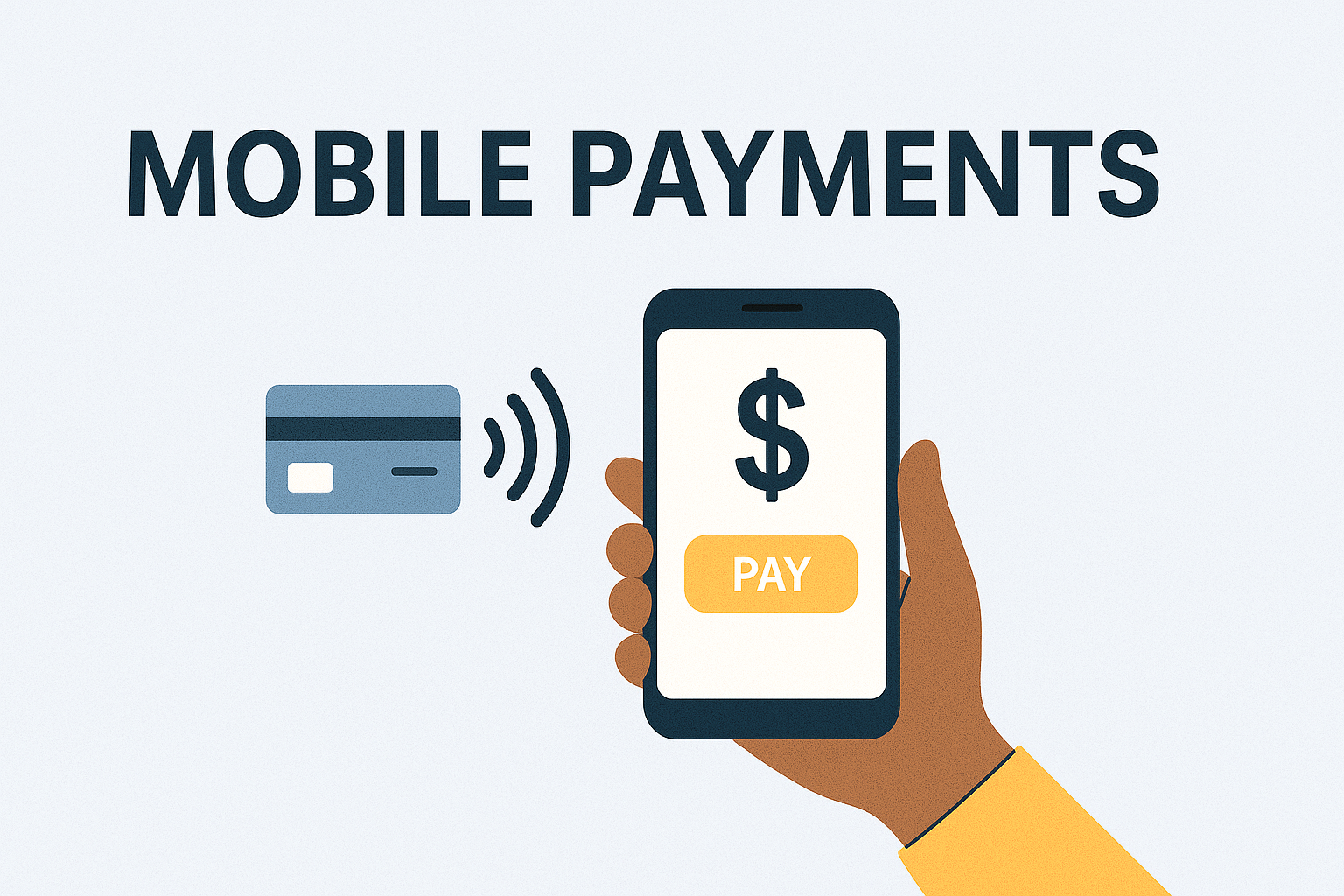Pat Wood, founder of online retro T-shirt retailer Truffle Shuffle, is always looking for ways to stay ahead of high street offerings, and with a mobile strategy he felt he could steal a march. At first though, he was surprised by the high quotes for a mobile website. ‘There are a lot of people out there quoting tens of thousands of pounds for mobile websites and it’s crazy,’ Wood says. ‘A mobile website is no different to writing a web page in 1995, you’ve got tiny screens with poor bandwidth so all you need is a very simple, basic but functional webpage.’
Wood hired an intern from a local university who cost £1,000, and was further subsidised by the university for £800, leaving Wood needing to pay just £200. ‘For £200 I gave him a best practice report on what should be included in mobile transactional websites, sent him off and a month later he came back with a fully functional mobile site,’ he explains.
Wood added functionality such as stored card details, enabling a more convenient user experience. ‘Typing in a lot of information into a mobile is restrictive so we made it so the only thing you have to type is the login details on the phone and everything else (such as billing address and credit card numbers) is stored within their account,’ he says. ‘Compare that to a site where you have to enter your name, email, password, billing address then a 16 digit card number without screwing it up and it makes a big difference.’
Truffle Shuffle’s conversion rate has more than tripled from people entering the site from a mobile and revenues have gone up by about 500 per cent since the mobile strategy was initiated. ‘Don’t be scared by it and think it’s new technology – it’s ten years backwards and consequently very simple,’ Wood says.
Tony Dyhouse, of the ICT Knowledge Transfer, an independent technology think tank, says that businesses using the technology need to ensure their clients understand the risks so they can make informed judgments when making mobile payments.
‘The most important thing to remember is that a phone is like a PC and vulnerable to all the same threats and more. People aren’t as familiar with mobiles so they don’t take the same precautions. New threats arise from operating systems faults that can be exploited, downloading suspicious apps, and using wireless communications methods we don’t know and trust. Additionally, thousands of mobile devices are lost or stolen every month.
‘Mobile payments offer ease and flexibility but also risks. If companies wish to benefit from these developments, they need to ensure they do so securely.’




